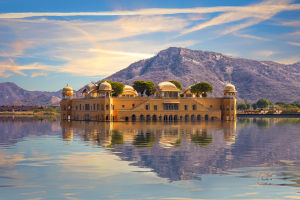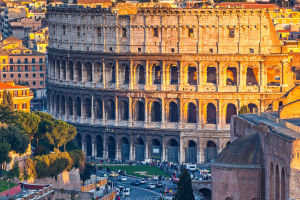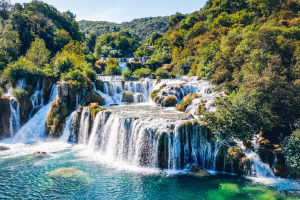Famed for its rich history and vibrant ecosystems, Robinson Crusoe Island offers a unique escape from the hustle and bustle of modern life. Located in the Juan Fernández Archipelago.
this tiny but fascinating island is known for its captivating blend of flora, fauna, and a past steeped in adventure. From pirate lore to heroic tales of survival, every corner of this island whispers stories just waiting to be discovered.
When to Visit
Timing is everything when planning a trip to Isla Robinson Crusoe. The island experiences a mix of weather patterns, often presenting visitors with all four seasons in just a day. The warmest months are from December to February, with average temperatures reaching around 19°C (66°F). Conversely, cooler winter months from June to August can drop to about 12°C (54°F).
The island's peak fishing season spans from October to March, attracting numerous visitors. The unique Rodeo de Villagra in early February is a festive time when many islanders gather for camping and celebration. Whale watching season during spring and fall adds to the island's allure, while winter months see fewer visitors due to challenging flight conditions.
Travel Logistics
Getting to Robinson Crusoe might present some challenges, yet these hurdles only enhance the island's charm. Visitors arrive via a small 8-seat twinjet that lands on a remarkably compact airstrip. Following the flight, a 45-minute boat ride will lead to the vibrant town of San Juan Bautista. Regular flights operate a few times a week, but travelers are advised to stay flexible with their plans as cancellations are common due to unpredictable weather.
Historical Insights
Robinson Crusoe is rich in history, famously associated with Alexander Selkirk, whose tale of survival inspired Daniel Defoe's classic novel. Visitors can learn about Selkirk's life and see remains of his stone hut located near Mirador de Selkirk.
Other significant historical sites include Fuerte Santa Bárbara, constructed to ward off pirates, and the Cuevas de los Patriotas, where Chilean independence fighters were imprisoned. History enthusiasts can delve deeper into the island's past during a visit to these remarkable locales.
Culinary Delights
Though there may be no supermarkets, Robinson Crusoe prides itself on its fresh seafood. Restaurants offer delightful menus featuring local delicacies such as golden crab and rock lobster. One must-try dish is the octopus sandwich known as pulpopleto, a culinary highlight that reflects the island's maritime bounty.
Outdoor Adventures
For the outdoor lover, Robinson Crusoe is a paradise. The surrounding waters teem with life, creating an ideal setting for diving, snorkeling, or simply swimming with friendly Juan Fernández fur seals. The marine environment around this island boasts unparalleled biodiversity, making it a haven for underwater exploration.
The Parque Nacional Archipiélago de Juan Fernández provides numerous hiking trails, allowing adventurers to discover endemic plant species in stunning landscapes. Trails vary in length and difficulty, offering something for everyone from novice walkers to seasoned trekkers.
Support Conservation Efforts
As a fragile ecosystem, Robinson Crusoe faces challenges from invasive species threatening its unique biodiversity. Responsible travel is essential. Visitors are encouraged to clean shoes to prevent introducing foreign seeds and to engage with local conservationists to learn how they can contribute positively to island preservation.
Conclusion: A Hidden Gem Awaits
Robinson Crusoe Island stands as a hidden gem waiting to be discovered. Its compelling combination of captivating history, enchanting nature, and delicious cuisine makes for an unforgettable experience. For those ready to embrace adventure and serenity in one fell swoop, a trip to this isolated paradise promises stories and memories that will last a lifetime.


